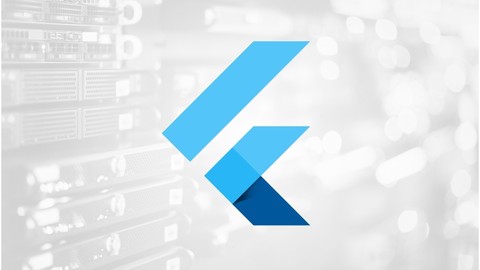
CNN For Computer Vision With Keras And Tensorflow In Python
What you’ll learn
- Get a solid understanding of Convolutional Neural Networks (CNN) and Deep Learning
- Build an end-to-end Image recognition project in Python
- Learn usage of Keras and Tensorflow libraries
- Use Artificial Neural Networks (ANN) to make predictions
- Use Pandas DataFrames to manipulate data and make statistical computations.
Requirements
- Students will need to install Python and Anaconda software but we have a separate lecture to help you install the sameStudents will need to install Python and Anaconda software but we have a separate lecture to help you install the same
Description
You’re looking for a complete Convolutional Neural Network (CNN) course that teaches you everything you need to create a Image Recognition model in Python, right?
You’ve found the right Convolutional Neural Networks course!
After completing this course you will be able to:
Identify the Image Recognition problems which can be solved using CNN Models.
Create CNN models in Python using Keras and Tensorflow libraries and analyze their results.
Confidently practice, discuss and understand Deep Learning concepts
Have a clear understanding of Advanced Image Recognition models such as LeNet, GoogleNet, VGG16 etc.
How this course will help you?
A Verifiable Certificate of Completion is presented to all students who undertake this Convolutional Neural networks course.
What is the difference between Data Mining, Machine Learning, and Deep Learning?
Put simply, machine learning and data mining use the same algorithms and techniques as data mining, except the kinds of predictions vary. While data mining discovers previously unknown patterns and knowledge, machine learning reproduces known patterns and knowledgeand further automatically applies that information to data, decision-making, and actions.
Deep learning, on the other hand, uses advanced computing power and special types of neural networks and applies them to large amounts of data to learn, understand, and identify complicated patterns. Automatic language translation and medical diagnoses are examples of deep learning.
Author(s): Start-Tech Academy



0 Comments